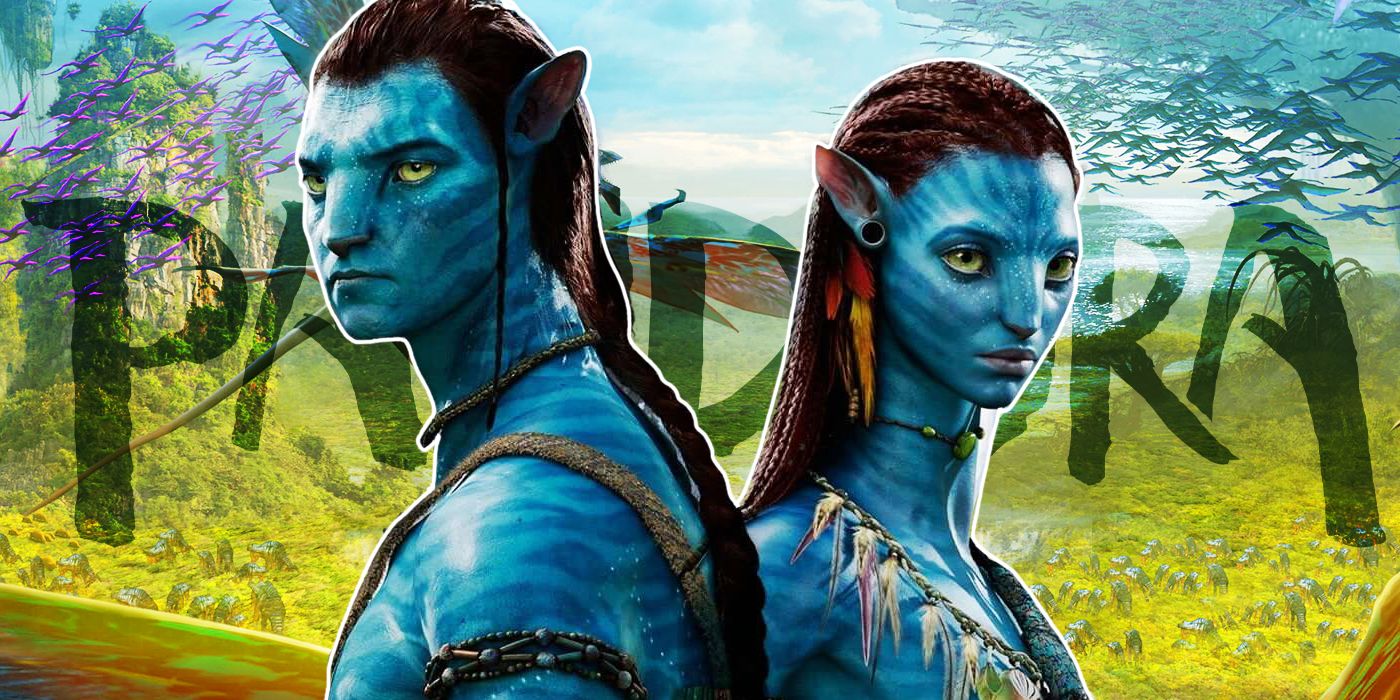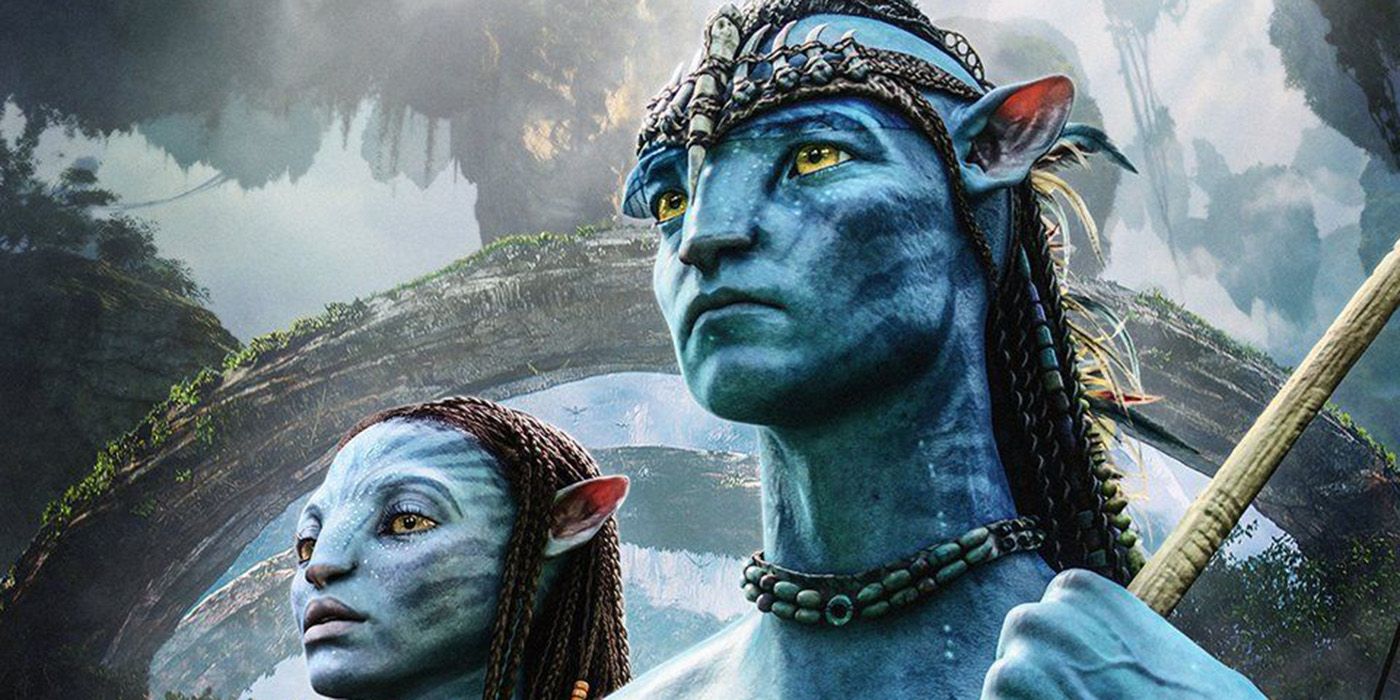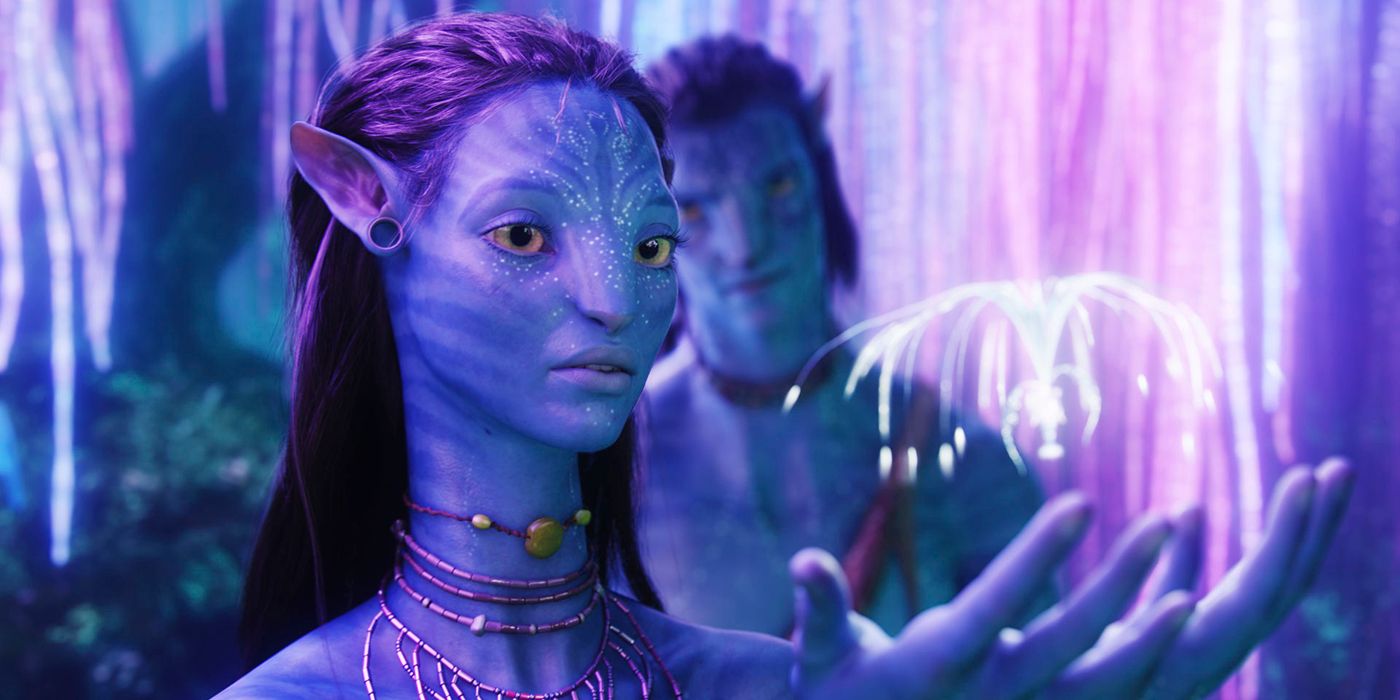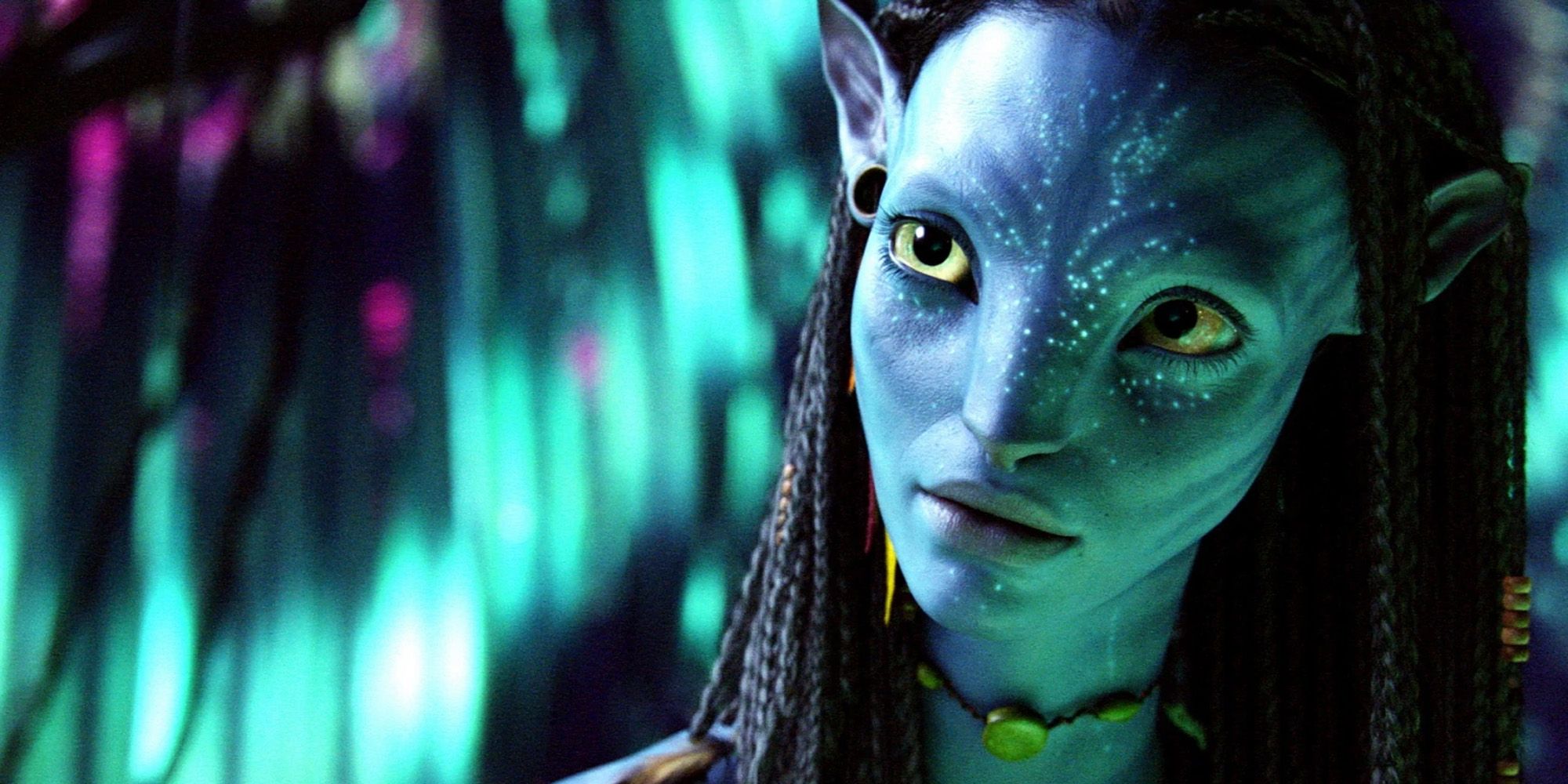Avatar: The Way of The Water has been a huge moneymaker, passing $1.7 billion at the global box office. Production of Avatar's sequel took director James Cameron quite a while, the first film having been released in 2009. In that time, Cirque du Soleil created a show based on the film, Toruk - The First Flight, that ran from 2015 to 2019, and the rather successful attraction at Walt Disney World, Pandora: The World of Avatar, that opened in 2017. Not bad for what is colloquially referred to as 'Pocahontas with Blue People.'
Avatar has always been something of an enigma to many in the cultural zeitgeist. With a current box office of $2.908 billion it is the highest grossing film ever made. It contains revolutionary techniques of motion capture and computer-generated imagery, but no one seems to remember very much about it in terms of character or plot. While the story on screen is regarded as pretty average, there is much more to see when peaking behind the curtain, with a production history spanning 15 years
Project 880 and the Beginnings of 'Avatar'
James Cameron, director of blockbuster projects such as Titanic, Aliens, and Terminator. Ambitious is certainly a word one can use to describe him, as he constantly pushed the envelope of what can be accomplished on screen, from spectacle set pieces to innovative technology and special effects. However, through all of this there is one project he had that, at the time, was deemed too ambitious. In 1994, Cameron created his baby, an 80-page treatment for Avatar. Once slated as Project 880, this film was an amalgamation of everything he loved about science-fiction and the 'lost world' literary genre. It was a story of self discovery with themes of imperialism and ecology, Man vs Nature. The influences he later cited such as Princess Mononoke, Dances With Wolves, and Lawrence of Arabia are also very apparent in these early concepts. He had thoughts of fully computer generated characters back in the late 90s, and hoped to create this film following the success of Titanic.
However, one thing stood in his way: The technology simply wasn't there. These were the very early days of CGI, a medium that was fast evolving, but still highly rudimentary, and not at the point of realism James Cameron desired for his vision of the film. This didn't make him give up on the film altogether, he simply shelved the project for later, and refocused his energy into making documentaries such as Expedition: Bismark and Ghosts of the Abyss, he really likes the ocean, and worked on advancing the technology that would eventually make Avatar work.
CGI and motion captured performances moved fast between the late 1990s and early 2000s, where some real landmarks of the medium can be found. Andy Serkis' fully motion captured performance of Gollum in The Lord of the Rings film trilogy and Bill Nighy as Davy Jones in Pirates of the Caribbean: Dead Man's Chest (2006) inspired the decision, it was time to finally bring Pandora to life.
Making the World of 'Avatar'
Development started in 2005, wherein he retooled the script and actually started to build the Na'vi and their world. This attention to detail is why the Disney World attraction was such a success, and why the upcoming sequel may show some promise. The fictional language of the species was created by linguist Dr. Paul Frommer, they ended up with roughly 1000 words with inspiration from the Amharic and Te Reo Maori languages. The geography of Pandora was pulled from the beautiful Huangshan mountains in China, and rare plants around the world, pulling together the oddest wonders of nature and ramping them up to 11 to give Pandora a feel that is both alien and familiar. There were two separate concept artists to create the human machinery and the Pandoran landscape apart from each other, a lot of time was put into the production design alone.
While there were developments going on from the world of Pandora, Cameron was also keen to bring in the developments of technology that had happened since he first came up with the idea of this film, bringing on the famed visual effects company Weta FX, and rolling out his own Reality Camera System that would allow him to film in stereoscopic-3D.
However, with all this preparation going on, the studio at the helm, Fox, became less and less keen. They had experiences with Cameron in the past, his unwavering ambition had caused them a lot of headaches during Titanic's production, resulting in an overblown budget and increasing delays. While that film did turn out to be a huge success, their fears of lightning not striking twice left them tentative on Avatar. It wasn't until James Cameron started shopping the film around to other studios, such as Disney who almost picked up the project, when Fox concretely agreed to make this film happen, and gave Cameron the concrete budget: $237 million, and $150 million for marketing the project.
'Avatar' Was on Budget & on Time
Principal shooting began in April 2007, using the physical sets of a Los Angeles aircraft stage and the digital studios over in Wellington. All the actors involved in this film endured character specific training and research to truly know their roles. Sigourney Weaver, who played exobiologist Dr. Grace Augustine, worked alongside the set designers and a professor of plant biology for an intensive on Pandoran flora and fauna. Alongside that the cast were trained in horseback riding, archery, hand-to-hand combat and firearm use. Everyone turned out to be an action star for the sake of this film, and the use of motion-capture technology and augmentation rather than lengthy make-up processes made shooting all the easier.
Cameron managed to stay on budget, and approximately on time, completely assuaging the studio's initial fears. He marketed the film heavily, doing the rounds at Comic-Con all through 2009 up until the film's release in December, leaning heavily on its themes of environmental conservation and the strange new world he presented in this film. Financially it became a hit, being the highest grossing film of all time until only recently being beat out by Avengers: Endgame, but then coming back on top due to the recent re-releases.
Though the film does have its problems, the effort that was put into this film by Cameron, the cast, and the crew of this film is undeniable. There is a lot of debate about the benefits and disadvantages of CGI in films, people think it's overused or inauthentic. But Avatar is one of the purest examples of the benefits of CGI. We all know the history of James Cameron's Titanic, how the production was something of a disaster because of his obsession with authenticity and complete control over his work.
The technology behind Avatar, the innovations he helped develop, was something that both gave him all the control he could ever dream of, while not giving the cast, the crew and the studios a hard time on set. Anything you dream of can become a reality through technology, even the design of the Na'vi were based on a dream Cameron's mother had. Avatar was a true passion project, and the sequel leaves us with high hopes for the future of this franchise, and with all the work put into its world, it will be fascinating to see much more.




